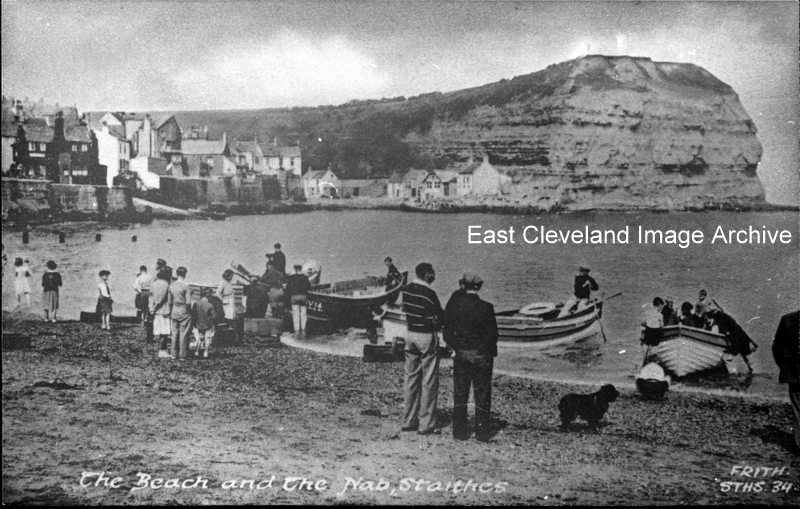
A Frith postcard which when first coming to the Archive had been punched with holes for storing in a ring binder! Photo-editing is sometimes useful; now the question: “When was the photograph taken?”
Image courtesy of Keith Bowers.
|
|
||
 A Frith postcard which when first coming to the Archive had been punched with holes for storing in a ring binder! Photo-editing is sometimes useful; now the question: “When was the photograph taken?” 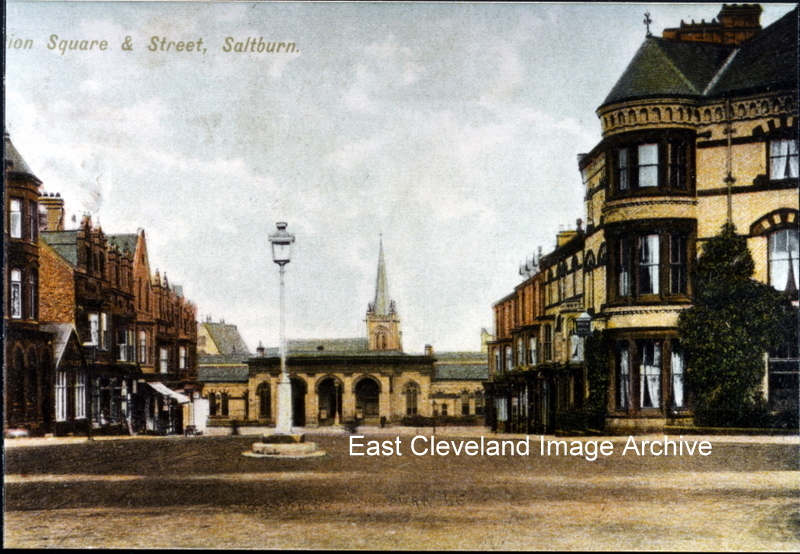 This view looking towards the station is from a postcard, but there is no division of the road and no parking places, again what date is it? Image courtesy of Keith Bowers. 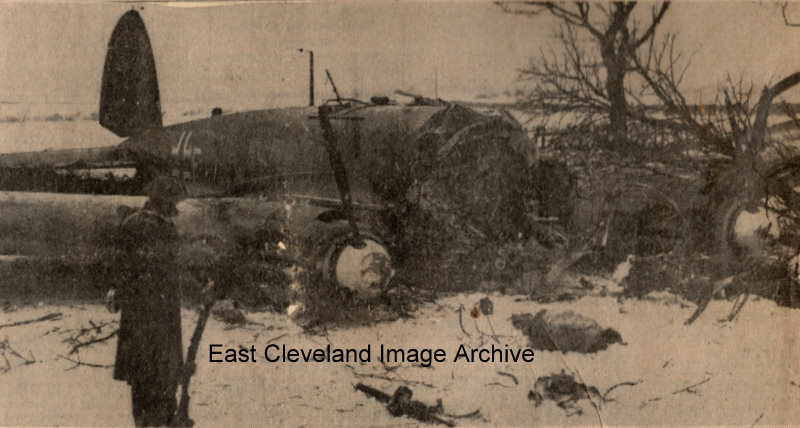 February 1940 and this is the first German bomber to be brought down on English soil. A North Eastern Gazette photograph of the ’plane after it had crashed into a farmhouse near Smeaton Castle. There is a commemorative stone to denote the situation of this event. David Richardson tells us: ”This was the Heinkel He111 that was shot down around 10.00a.m. on 3rd February 1940 at Bannial Flatt Farm, just outside of Whitby (half a mile from Sneaton Castle). The first German bomber shot down on British soil. The Luftwaffe crew were: Pilot – Fw Hermann Wilms, survived. Wireless Operator (/ Dorsal Gunner) – Uffz Karl Missy, wounded in both legs but survived. Observer – Uffz Rudolf (Rudi) Leushake, aged 23, died almost instantly. Mechanic (/ Ventral Gunner) – Uffz Johann Meyer, aged 25, mortally wounded.” Geoffrey Powell tells us: ”This plane was brought down by Pilot officer Peter Townshend, later Group Captain and equerry to Princess Margaret who was denied marriage to her by the establishment. As part of a disposal unit based at Goldsborough 1962, we travelled daily to Fylingdales to clear munitions so the builders could work in safety; building what is now an update of the original golf balls. One day when we were on the way back from a days work at Fylingdales we dropped off the truck and looked around with our mine detectors and found ammunition boxes and a machine gun in the undergrowth.” Sandie Dowkes tells us: ”My grandfather Leonard Frank Robinson took Police Sergeant Welburn from Hinderwell police station to search for the plane. When found the rear gunner was still sat in his seat unfortunately deceased. The pilot was taken into Whitby hospital where Group Captain Townsend later visited him.” John Richardson tells us: ”My mother, Marjorie (Peggy), née Oliver, of Guisborough was nursing at Whitby Memorial Hospital at the time and assisted at the operation to amputate one of Karl Missy’s shattered legs. She kept the bullet removed from his leg as a souvenir, my sister still has it.” From cutting part of a collection gifted to the Archive, most of the cuttings coming from the Northern Echo and cover the period 1930 to 1940. Thanks to David Richardson, Geoffrey Powell, Sandie Dowks and John Richardson for the updates. 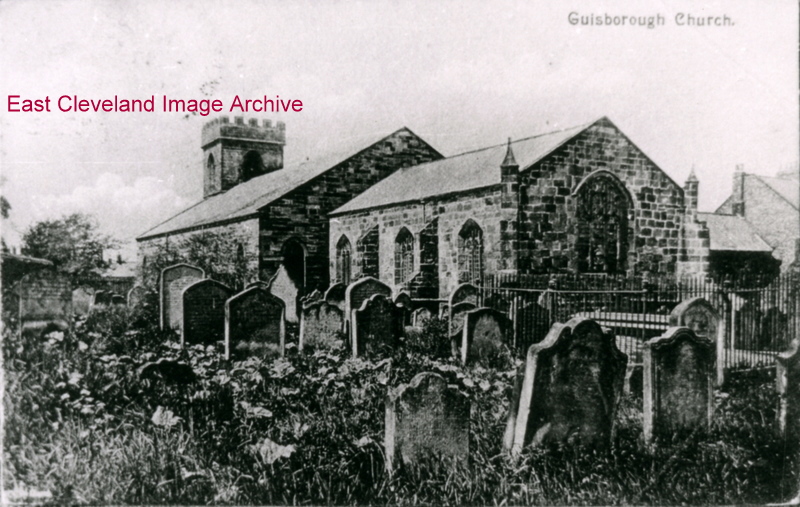 A rather nice view from a postcard of the church and one that is a first for this site; being a view from the graveyard. The wall to the left being the boundary of the priory grounds. 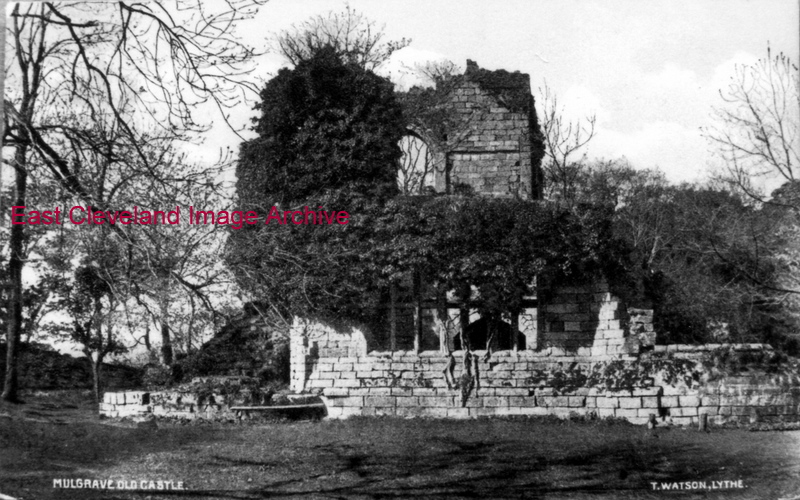 I am presuming this is a postcard (by Tom Watson of Lythe) of the old castle but what a beautiful place it must have been wish I could have seen it in all it’s glory. David Richardson confirms with: “It is indeed a lovely view of the castle which dates from the 1890’s.” Image courtesy of Keith Bowers, thanks to David Richardson for the update. 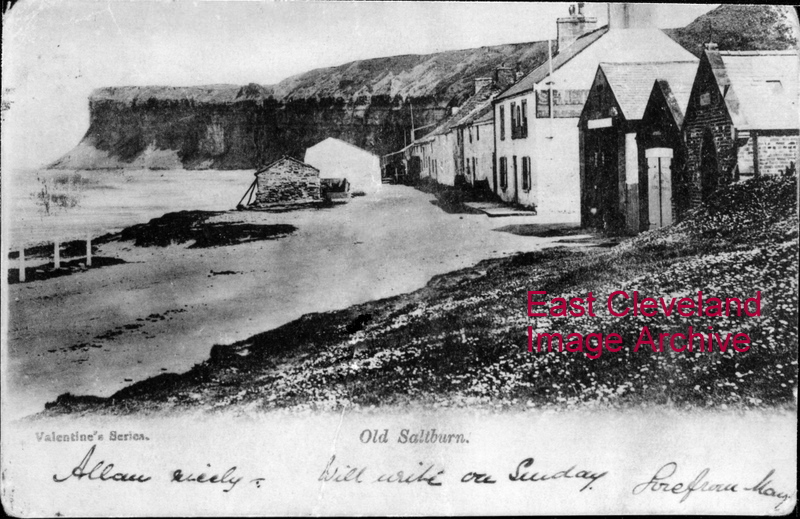 An old postcard view of Old Saltburn as the road doesn’t look to be made up yet. I know a morgue was one of the three buildings on the right but what were the other buildings? Callum Duff assists with: “The building nearest the road was the Saltburn Lifeboat House. Saltburn had 3 lifeboats from its inception to 1924 when the last ‘The Mary Batger’ was auctioned. The middle building housed the Rocket Brigade who aided in the rescue of ship’s crewmen in heavy seas, Saltburn’s answer to International Rescue! After the sale of the last lifeboat, more sophisticated life-saving techniques and road widening, these two buildings were demolished.” 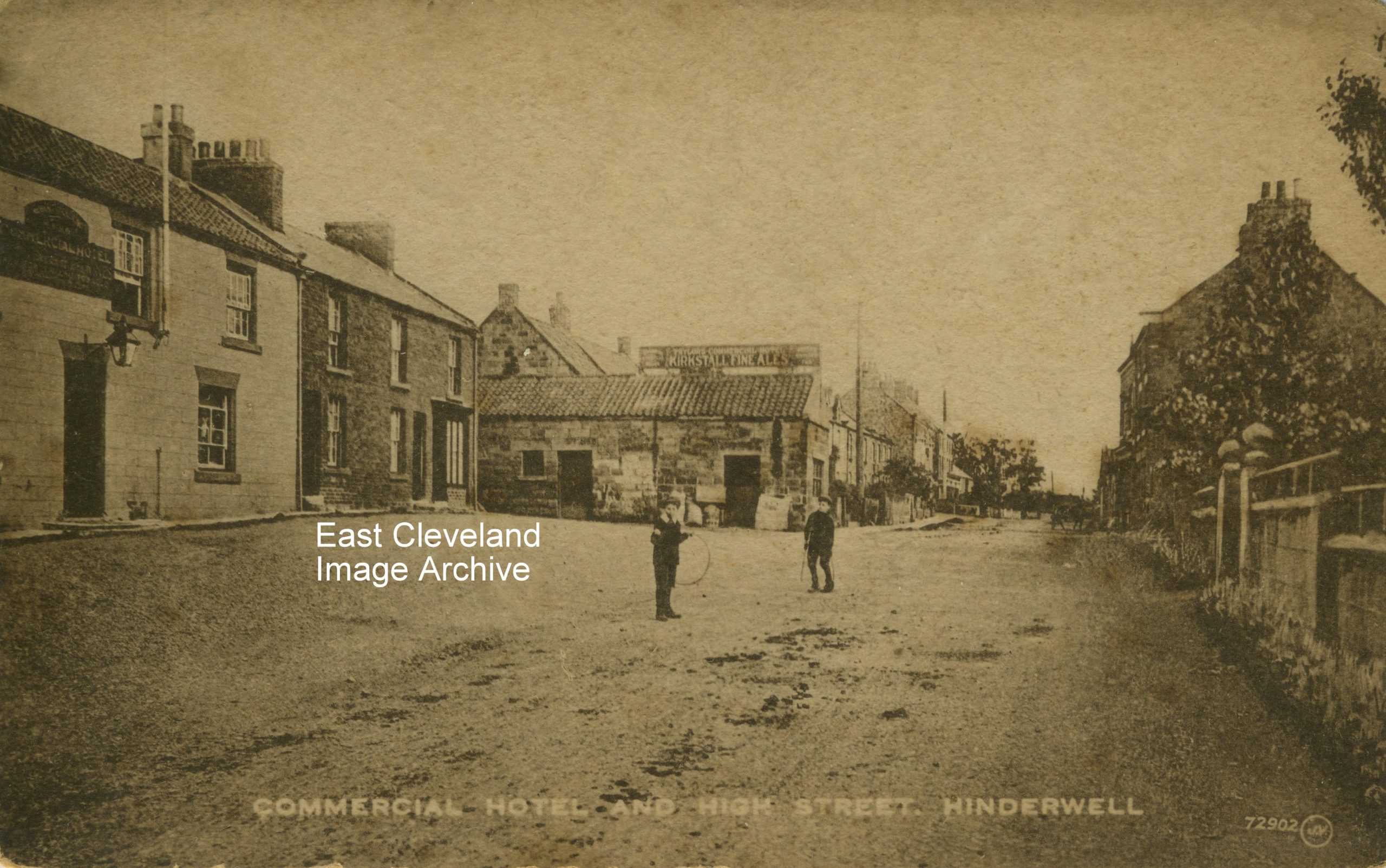 Now known as the Badger Hounds on Hinderwell High Street, this Valentine’s postcard image shows a High Street much quieter than today; but isn’t this one great with the boys and their metal hoops. The condition of the road surface indicates a time before buses and motor vehicles of any sort. Sandie Dowkes tells us: ”My great grandmother Rosa Robinson was the licensee of the Commercial Hotel in 1929 and her son Leonard a Frank Robinson ran a taxi service from there and was the first person to take a motor car down into Runswick Bay to bring out a sick lady to bring to hospital.” Image courtesy of Maurice Grayson and Keith Bowers; many thanks to Sandie Dowkes for the update.
This is a view of Barrass House at the head of The Barrass; despite the mis-spelt title on the original image. A typical Staithes photograph and even if it wasn’t named lots would know where it was! Steve Fathers tells us: “This shows our cottage at the top of The Barrass, it is know as Barrass House. Any other images of the Barrass or our cottage would be most welcome?” Image courtesy of Keith Bowers and thanks to Steve Fathers for the update. 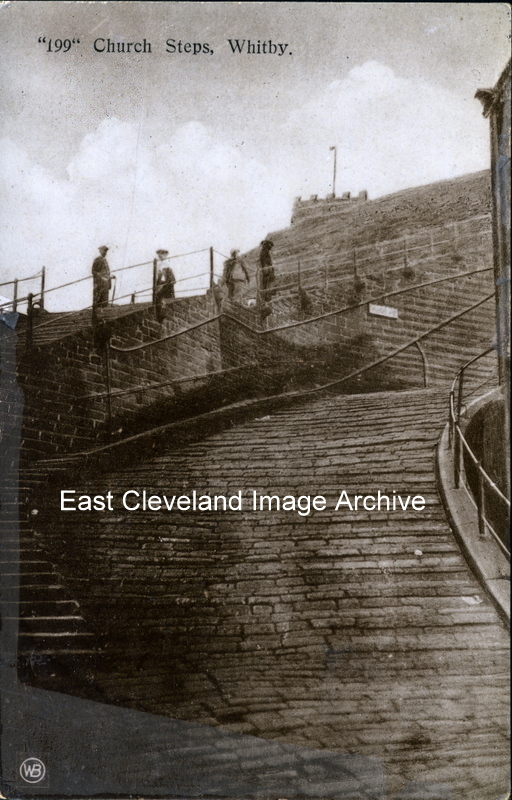 Counted as always by the people who walk up them but, I think this shows the donkey track rather than the steps, but a lovely photograph never the less. Image courtesy of Keith Bowers. 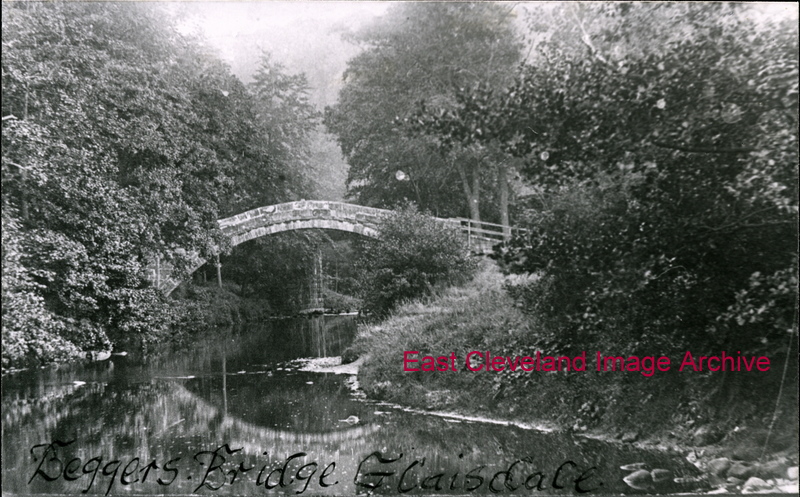 Yes I know we have photographs of this bridge but you must admit this one is rather lovely. |
||
Recent Comments